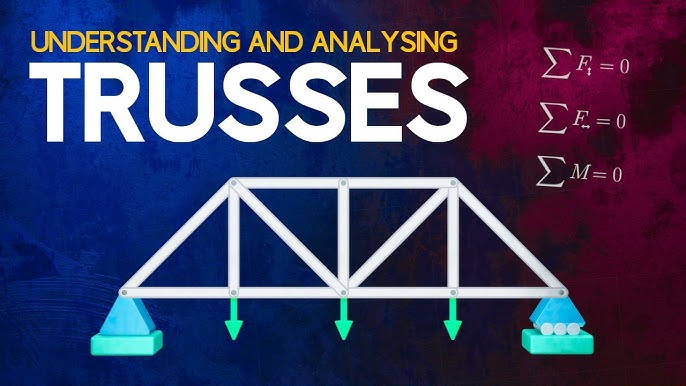𝐔𝐧𝐝𝐞𝐫𝐬𝐭𝐚𝐧𝐝𝐢𝐧𝐠 𝐭𝐡𝐞 𝐅𝐮𝐧𝐝𝐚𝐦𝐞𝐧𝐭𝐚𝐥𝐬 𝐨𝐟 𝐓𝐡𝐞𝐫𝐦𝐨𝐝𝐲𝐧𝐚𝐦𝐢𝐜𝐬
Thermodynamics, an essential branch of physics, explores how heat, work, temperature, and energy interact. Mastering the conversion and transfer of power is vital across many disciplines, from engineering to environmental science. This blog post will introduce the foundational concepts of thermodynamics, such as systems, boundaries, surroundings, control volumes, the universe, and the various systems and processes involved.
Basic Concepts in Thermodynamics
👉System: A system is any specific portion of matter or space we choose to study in thermodynamics. This could be as small as a single molecule or as large as the entire atmosphere.
👉Boundary: The boundary is the natural or imaginary surface that separates the system from its surroundings. It can be either fixed or movable, depending on the system.
👉Surrounding: Everything outside the system boundary is considered the surroundings. The system interacts with its surroundings by exchanging energy or matter.
👉Control Volume: This system has fixed boundaries and is often used to analyze fluid flow and heat transfer. It represents a volume in space through which fluid can flow in and out.
Universe: In thermodynamics, the universe combines the system and its surroundings.
Types of Systems
Thermodynamic systems are classified based on their interaction with the surroundings:
Open System: Exchanges both energy and matter with its surroundings.
Closed System: Exchanges energy but not matter with its surroundings.
Isolated System: Does not exchange energy or matter with its surroundings.
Macroscopic and Microscopic Viewpoints
👉Macroscopic Viewpoint: Examines the system without focusing on individual molecules, dealing with average properties like pressure, temperature, and volume.
👉Microscopic Viewpoint: Focuses on the individual behavior of molecules, using statistical analysis to derive macroscopic properties from molecular behavior.
Concept of Continuum
The continuum concept assumes matter is continuously distributed without any gaps. This simplifies analysis by allowing differential equations to describe the system's behavior.
Thermodynamic Equilibrium
A system is in thermodynamic equilibrium when its macroscopic properties remain constant over time, indicating mechanical, thermal, and chemical equilibrium within the system.
👉State, Property, Process, Cycle👈
State: The condition of a system is described by its properties, such as pressure, temperature, and volume.
Property: Any measurable characteristic of a system, like mass, energy, or entropy.
Process: A transformation from one state to another.
Cycle: A series of processes that return the system to its initial state.
Reversibility and Irreversibility
Reversibility: An idealized process that can be reversed without leaving any change in the system or the surroundings. In reality, all processes are irreversible.
Quasi-static Process: An infinitely slow process ensuring the system remains nearly in equilibrium.
Irreversible Process: These processes cannot be reversed without leaving changes in the system or surroundings, involving dissipative effects like friction, turbulence, and non-equilibrium heat transfer.
Causes of Irreversibility: Primary causes include friction, unrestrained expansion, mixing of different substances, heat transfer across a finite temperature difference, and electrical resistance.
Conclusion
These fundamental concepts are essential for diving deeper into thermodynamics and its applications. Whether you're an engineer designing efficient engines or a scientist studying environmental systems, these basics are the foundation of your work in thermodynamics.
© 2024 gvraoblogs. All rights reserved. This content is for educational and informational purposes only. Unauthorized use and/or duplication of this material without express and written permission from this site’s author and/or owner is strictly prohibited
#Thermodynamics #Physics #Engineering #EnvironmentalScience #EnergyTransfer #HeatTransfer #ScientificEducation #STEM #Science #Education #Learning #PhysicsConcepts





Comments
Post a Comment